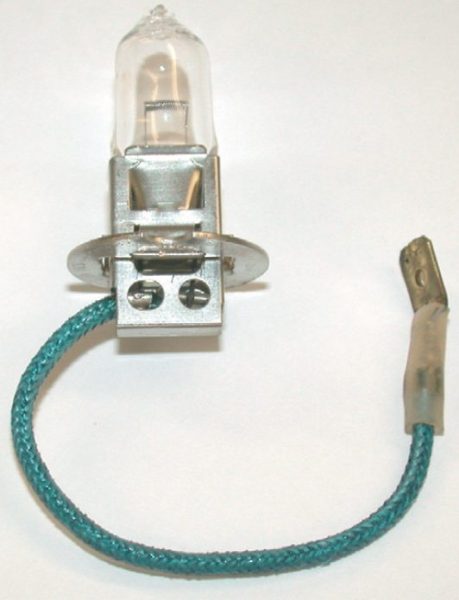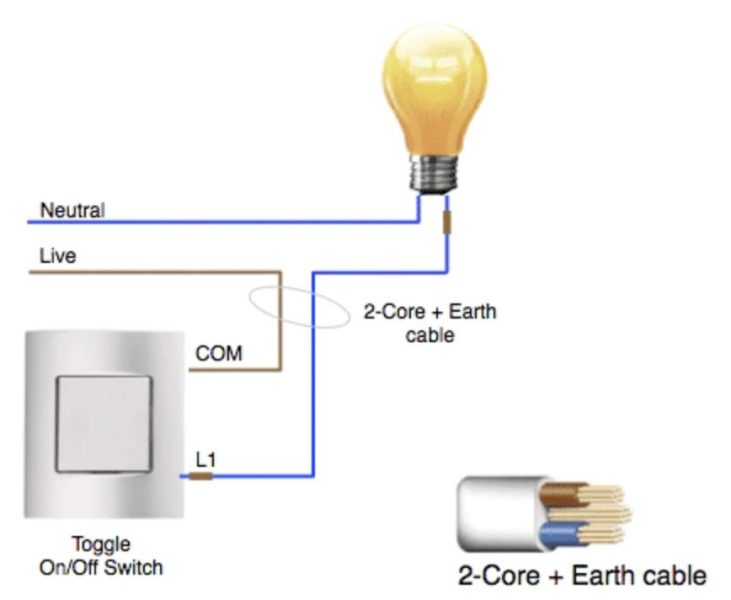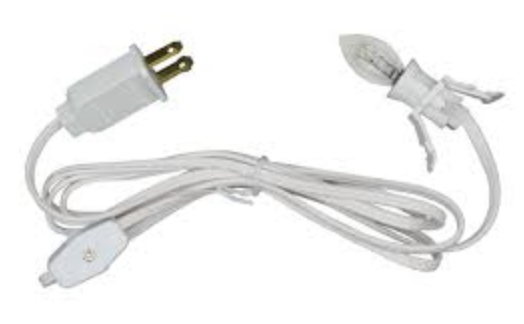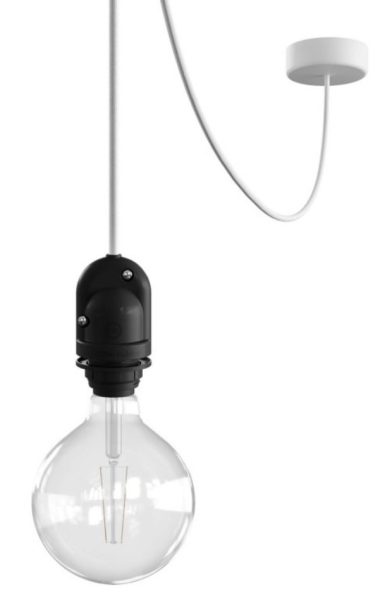Light cables, also known as electrical cables, are an essential part of any lighting system. They provide the necessary electrical connection between the power source and the bulb, allowing electricity to flow and light to be emitted. In this blog post, we will discuss the role of light cables in a lighting system and provide some important information on how to properly install and maintain them.

Types of Light Cables
There are several types of light cables available on the market, each with its own unique characteristics and applications. The most common types of light cables include:
- Twisted pair cable: This type of cable consists of two insulated copper wires twisted together. It is commonly used for low voltage applications, such as LED lighting systems.
- Coaxial cable: This type of cable consists of a central conductor surrounded by a layer of insulation, a metallic shield, and an outer insulating layer. It is commonly used for high-frequency applications, such as fluorescent lighting systems.
- Fiber optic cable: This type of cable consists of a core of glass fibers surrounded by layers of protective coatings. It is commonly used for long-distance lighting applications, such as in street lighting systems.
- Flat cable: This type of cable consists of multiple conductors that are arranged in a flat, ribbon-like shape. It is commonly used for interior lighting applications, such as in light fixtures and lamps.

Installation of Light Cables
Proper installation of light cables is critical to ensure safe and effective operation of the lighting system. Here are some important guidelines to follow when installing light cables:
- Use the right cable for the job: Make sure you choose the right type of cable for your specific lighting application. Consult with a qualified electrician if you are unsure which type of cable to use.
- Check for compatibility: Make sure the cable you choose is compatible with the power source and the light fixture or bulb you are using.
- Use proper connectors: Use connectors that are designed for the type of cable you are using. Improper connectors can cause damage to the cable and create a safety hazard.
- Follow proper wiring techniques: Always use proper wiring techniques, such as twisting wires together and using wire nuts or crimp connectors to secure connections.
Maintenance of Light Cables
Regular maintenance of light cables is important to ensure that the lighting system operates safely and effectively. Here are some important maintenance tips:
- Inspect the cables regularly: Check the cables for signs of damage or wear, such as cracks, cuts, or frayed wires. Replace any damaged cables immediately.
- Keep cables clean: Dirt, dust, and other debris can accumulate on light cables over time, reducing their effectiveness. Clean the cables regularly with a soft cloth or brush.
- Avoid overloading the cables: Make sure you do not overload the cables with too many light fixtures or bulbs. Overloading can cause the cables to overheat and create a fire hazard.
In conclusion, light cables are an essential component of any lighting system, providing the necessary electrical connection between the power source and the bulb. Proper installation and maintenance of light cables are critical to ensure safe and effective operation of the lighting system. By following the guidelines outlined in this blog post, you can ensure that your lighting system operates safely and effectively for years to come.

Role of Light Cables in a Lighting System
Light cables serve the primary function of transmitting electrical power from the power source to the light bulb. Without light cables, it would be impossible to supply electricity to the bulb and produce light. However, light cables also play a crucial role in ensuring the safety and efficiency of the lighting system.
Safety: Light cables are responsible for carrying electrical current, which can be dangerous if not handled properly. Proper installation and maintenance of light cables are essential to prevent electrical shocks, fires, and other safety hazards.
Efficiency: Light cables can impact the efficiency of a lighting system by affecting the amount of power that reaches the light bulb. Poorly designed or installed light cables can lead to power loss or voltage drops, reducing the amount of light produced by the bulb and increasing energy consumption.
Importance of Proper Installation and Maintenance of Light Cables
Proper installation and maintenance of light cables are critical to ensure that the lighting system operates safely and efficiently. Here are some additional reasons why this is important:
Safety: Poorly installed or maintained light cables can create safety hazards, such as electrical shocks or fires. Regular inspection and maintenance of light cables can help identify and address any potential safety issues before they become a problem.
Efficiency: Properly installed and maintained light cables can ensure that the lighting system operates at maximum efficiency, reducing energy consumption and lowering costs. Additionally, using the correct type of cable for the specific lighting application can help ensure optimal performance.
Durability: Light cables that are installed and maintained properly can last longer and withstand wear and tear. Regular inspections and cleaning can help prevent damage from environmental factors such as dust, moisture, or temperature fluctuations.

In conclusion, light cables are an essential component of any lighting system, providing the necessary electrical connection between the power source and the bulb. Proper installation and maintenance of light cables are critical to ensure safe and efficient operation of the lighting system. By following the guidelines outlined in this blog post and working with a qualified electrician, you can ensure that your lighting system operates safely and effectively for years to come.
Advantages of Light Cables:
- Efficient Energy Transmission: Light cables are designed to transmit electrical energy efficiently from the power source to the light bulb. They have low resistance, which minimizes power loss and maximizes the amount of electricity that reaches the bulb, resulting in more efficient energy transmission.
- Durability: Light cables are typically made of high-quality materials that are designed to withstand wear and tear, making them durable and long-lasting.
- Flexibility: Light cables come in various lengths and sizes, which makes them suitable for a wide range of lighting applications. They can be easily installed in tight spaces and around obstacles, which makes them more flexible than other types of lighting solutions.
- Safety: Light cables are designed to meet safety standards and regulations. They have insulation that prevents electrical shocks, and they are typically enclosed in protective jackets that prevent damage from environmental factors such as moisture or temperature fluctuations.
Disadvantages of Light Cables:
- Limited Distance: Light cables have a limited transmission distance, which means that they are not suitable for long-distance lighting applications. This is because the electrical energy transmitted through the cable can experience power loss over long distances.
- Maintenance: Light cables require regular maintenance to ensure that they are functioning correctly. They need to be inspected and cleaned regularly to prevent damage from environmental factors such as moisture or temperature fluctuations.
- Installation: Light cables can be challenging to install, especially if they need to be routed through walls or ceilings. Improper installation can lead to performance issues and safety hazards.
- Cost: Light cables can be more expensive than other types of lighting solutions, such as wireless or battery-operated lighting. This is because they require additional components, such as transformers and connectors, and the installation process can be more involved.
In conclusion, light cables are an essential component of any lighting system, providing efficient energy transmission, durability, flexibility, and safety. However, they do have some limitations, such as a limited transmission distance, requiring regular maintenance and challenging installation, and can be more expensive than other types of lighting solutions.




